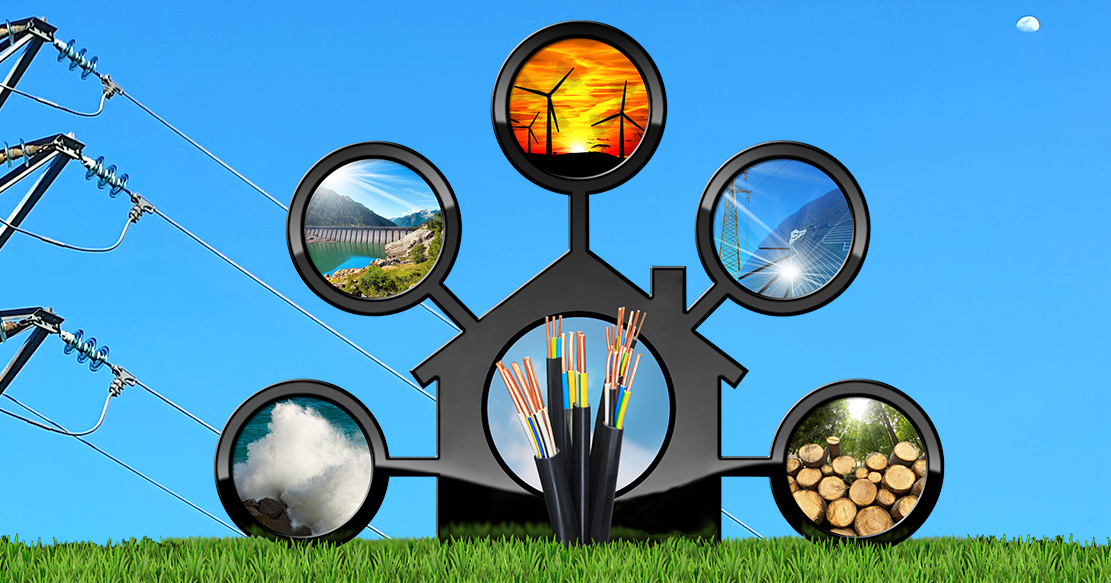
How Wires and Cables Industry Is Evolving and Contributing to Sustainable Future
The rising concern of global warming has forced industries globally to adopt green and sustainable energy measures. In support of the move, the Wires and cables industry has also initiated several steps to reduce carbon footprints and limit emissions.
From adherence to global green certification standards, eco-friendly raw materials, green manufacturing process, and insulation materials to disposals, the cable industry is transforming in a possible way to reduce the environmental impact of its operations and products.
By extending support, the industry is leading to meeting the demand for clean energies. High-power cables and smart electricity grids are helping in the transportation of renewable energy to the consumption center. The deployment of green energy technologies and off-shore renewable technologies such as wind turbines and solar farms is consequently boosting the demand for solar cables, high-power cables, and sub umbilical cables.
Several wire and cable manufacturers are investing in their research and development activities and related technologies to cope with the transformation and marketing sustainability.
Gloster Cables is a preeminent wire and cable manufacturer and supplier following state-of-the-art technology for all its range of products. Our research unit follows stringent quality checks and international standards to develop fireproof, safe, and durable products.
The Need for Sustainability in Wire and Cable Industry
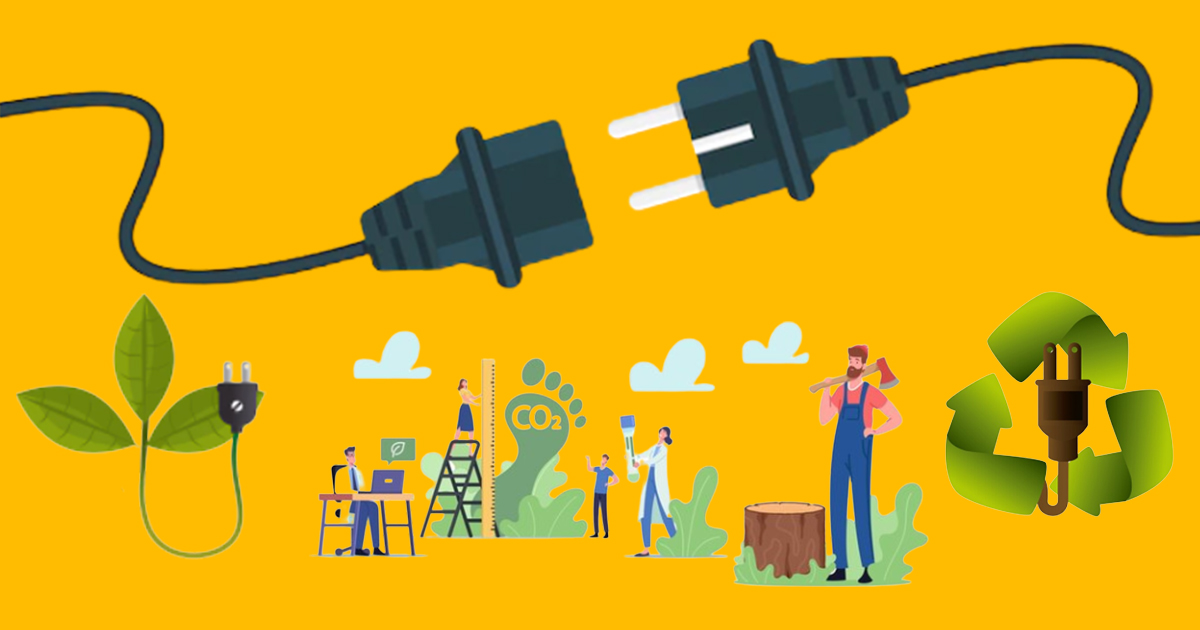
Wires and cabling are crucial components of modern infrastructure, being used in many appliances in our everyday use. The cable products and their manufacturing and recycling process pose an enormous threat to the environment due to the substance used in their production.
For example, the usage of halogen and phosphorous as flame retardant cable materials emits toxic gases and smoke that are not suitable for health and leads to air pollution. PVC, traditionally used as sheathing and insulation material, releases thick smoke and corrosive gases when burnt, creating a threat to life and unsuitable for installation in public spaces. The application of polymer compounds to achieve higher performance across a range of characteristics is not easy to avoid.
Therefore, to reduce their carbon footprints and impact on the environment, the wires and cable industry requires environment-friendly measures from raw material selection, manufacturing process, and on-site operation to end-of-life disposal.
Wire and Cables Manufacturers Moving Towards Green Manufacturing
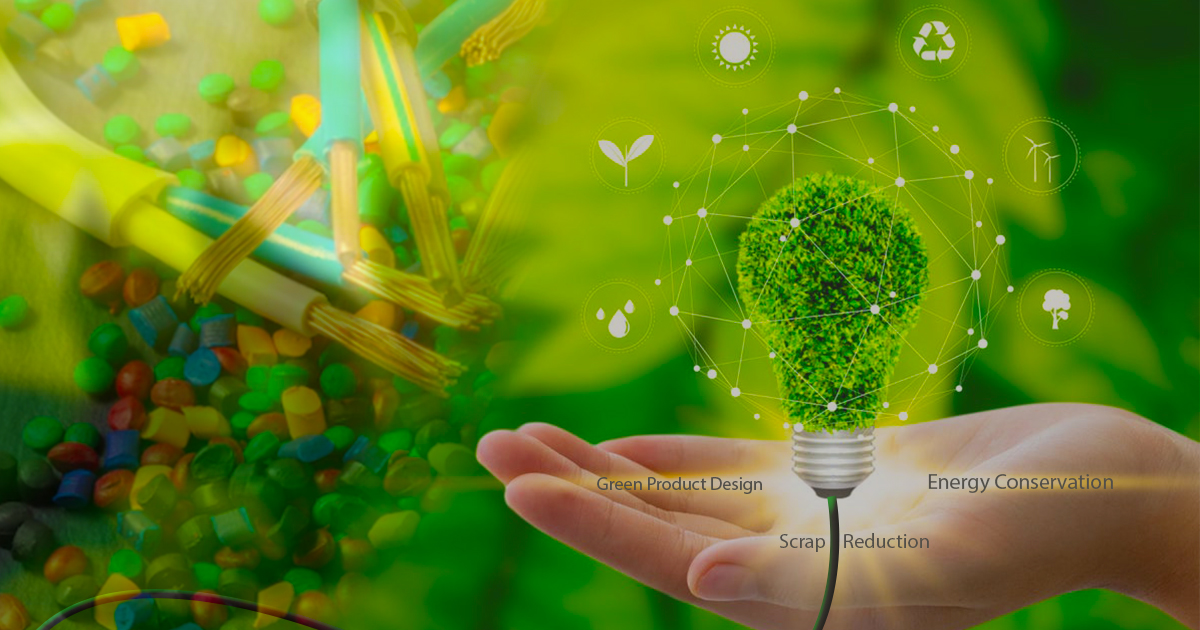
As a solution for a sustainable future, the wire and cables manufacturers are moving toward green manufacturing. Green manufacturing defines the choices made that support and sustain renewable methods of producing products, impacting the environment minimally. We can segregate the term into three segments, i.e., green product design, scrap reduction, and energy conservation.
For green product design, wires and cables manufacturers are moving to green cables that demand an eco-friendly raw material, insulation, and transformation of the manufacturing process.
Eco-friendly Raw Materials
PVC declared as poisonous plastic, requires toxic ingredients like carcinogens/vinyl chloride and plasticizers for its flexibility. Replacing this conventional PVC with TPEs, Polyphenylene oxide (PPOs), and derivatives of polyethylene can cause less harm to human and ecological health.
Low-smoke and halogen-free cables restrict ingredients like chlorine, fluorine, and other halogens that are hazardous when burnt. Bio-degradable materials causing less smoke and threat to the environment are easy to get an LHSF listing.
Insulation
Proper insulation and sheathing of wires and cables are vital to increasing the operational efficiencies of wires and cables and green manufacturing. Jacketing separates electrical conductors from conductive materials and protects them from sparks and short circuits.
Eco-friendly insulation like phthalate-free plasticizers and bio-based plasticizers can emit 40% less greenhouse gas than PVC sheathed cables. Green cables crafted with a conductor having 99.7% pure electrolytic grade copper increase the current-carrying capacity by 20%.
The insulator of green wires has a technical nomenclature, HR-FRLSH-LF. It has mainly a Type C PVC compound component that is heat and flame retardant, generates low smoke, and contains very low halogens. It is even lead-free.
Manufacturing Process
Energy-efficient and environmentally friendly manufacturing process prioritizes less carbon emission, maximum recycling, and harmless disposal of waste materials. And to achieve it requires a lot of planning and proper implementation.
Most cables have some value even at the end of their service life because of the metal component. These metal conductors can get fully recycled after separation from the plastic.
If any material cannot be reused or recycled due to the additives, then a waste disposal action can help reduce the climate impact. Ensuring a sustainable manufacturing practice needs continuous and enduring commitments to make a huge impact.
Contribution of High-Power Cables for Renewable Energy Generation
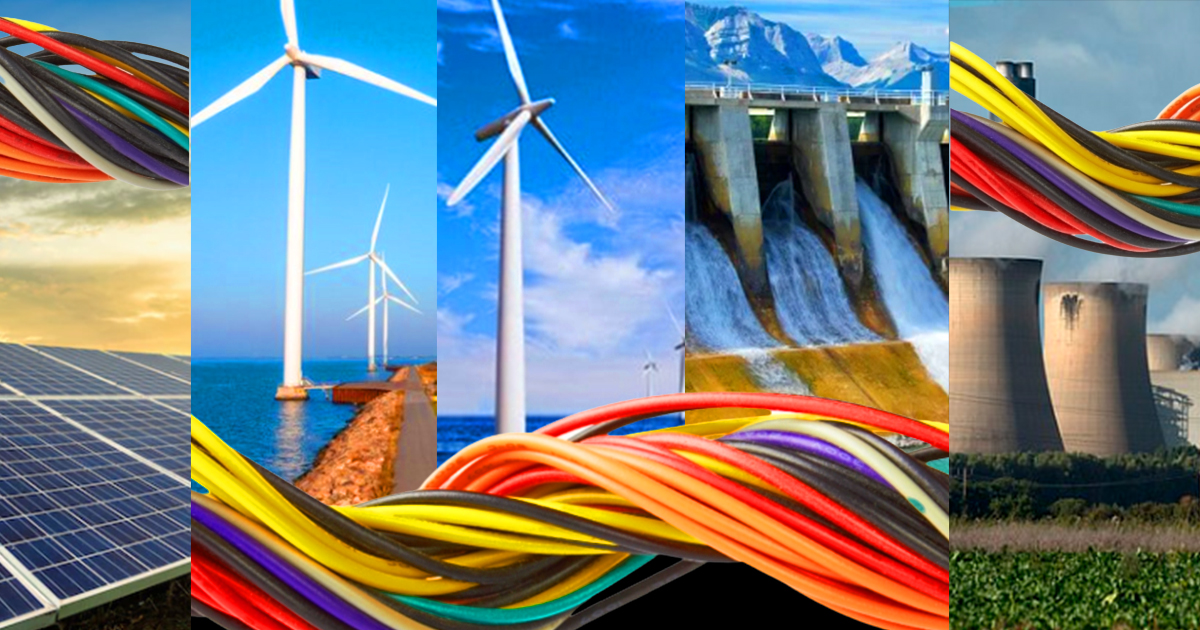
As an effective measure to check on the carbon emission, the transition from fossil fuels to clean energies from wind, solar, and nuclear is necessary. Special Wires and cables get designed to withstand the conditions of the solar environment, onshore wind, offshore wind turbines, hydroelectric dams, and biomass plants. These designed cables can meet the different installation environments.
For example, umbilical cables used for offshore wind turbines connect to the subsea networks, flexible festoon power cables for motors, and control and monitoring cables help determine the pitch and direction of turbine blades.
Some hydroelectric and submersible cables are rubber cables, PUR sheathed cables to protect from moisture and bacteria and for a clean operation. Biofuel production facilities require a combination of low and medium-voltage cables such as LSZH flexible rubber cables for power plant generators.
The industry is putting its R&D efforts into substituting the cables' heavy and polluting components like lead and halogen with light and clean solutions such as aramid, a new high-tech polymer. Some other innovations, like the new High-performance Thermoplastic Elastomer Polypropylene (HPTE) developed by one of the cable manufacturers, can reduce CO2 emissions by 1 tonne per km and even transport more energy.
With IoT and digital solutions applications, real-time monitoring and maintenance of networks and cables get done. It further reduces operating accidents, increases component life, reduces pollution, and contributes to decarbonization efforts.
Gloster Cables Adding to the Future Sustainability
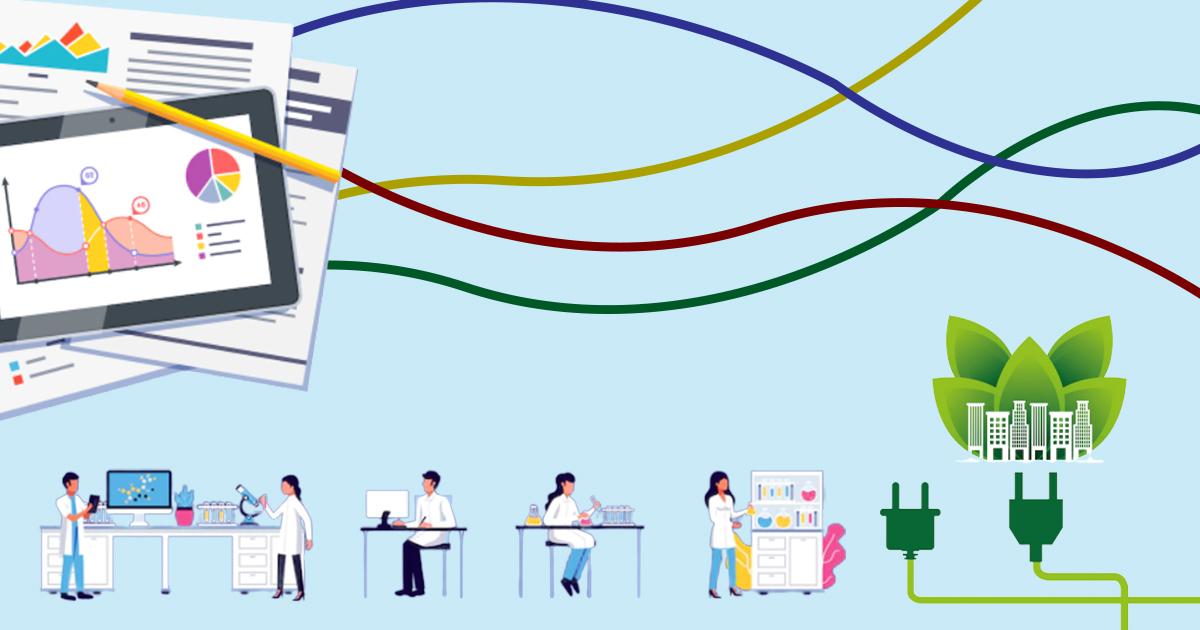
Gloster cables, serving the domestic and industrial sector with their high-quality and wide range of wires and cables, are evolving for sustainability needs. The fire-resistance and fire-survival cables of Gloster includes feature like low smoke and toxic gas emission, zero halogen gases, and ease & low cost of installation. Adherence to fire safety standards like BS 6387, BS 8491, IEC 60331, etc., and application of muscovite MICA tape make them handle temperatures up to 1000 degrees Celsius.
Usage of sheathing compounds like low smoke zero halogens (LSZH) and flame retardant low smoke (FRLS) adds to the organization's effort to lower its carbon footprints. Gloster Solar cables is an initiative to launch green technology in wires and cables and meet the growing demands of the solar industry. The organization is continuously driving its research and development efforts and evolving its products to lessen its environmental impact and contribute toward a sustainable future.
CONTACT US